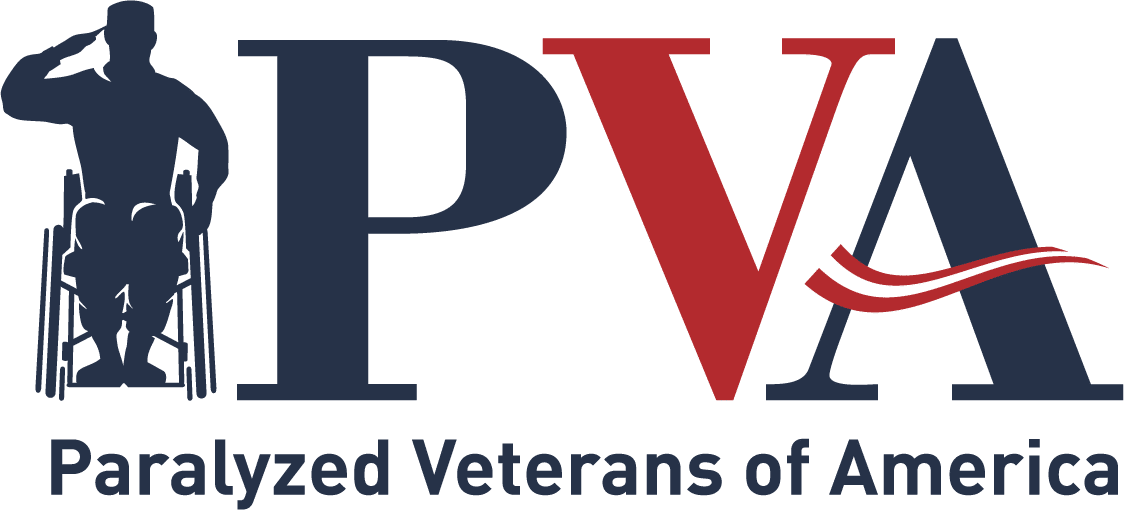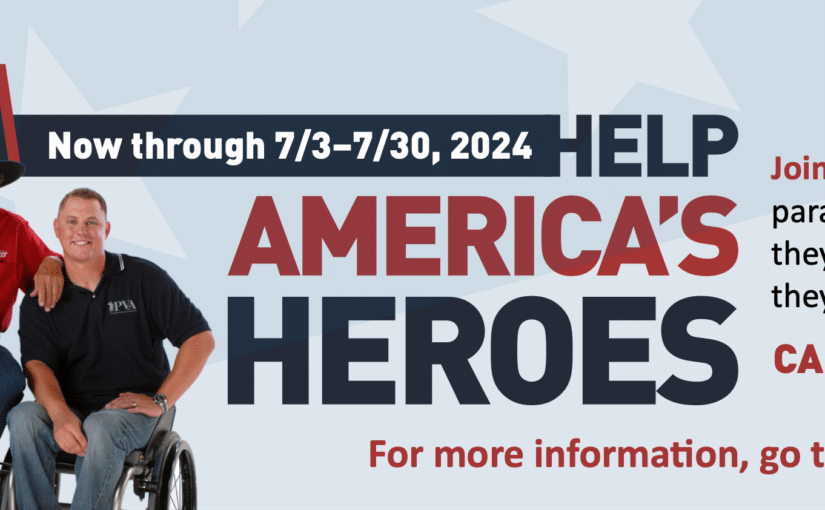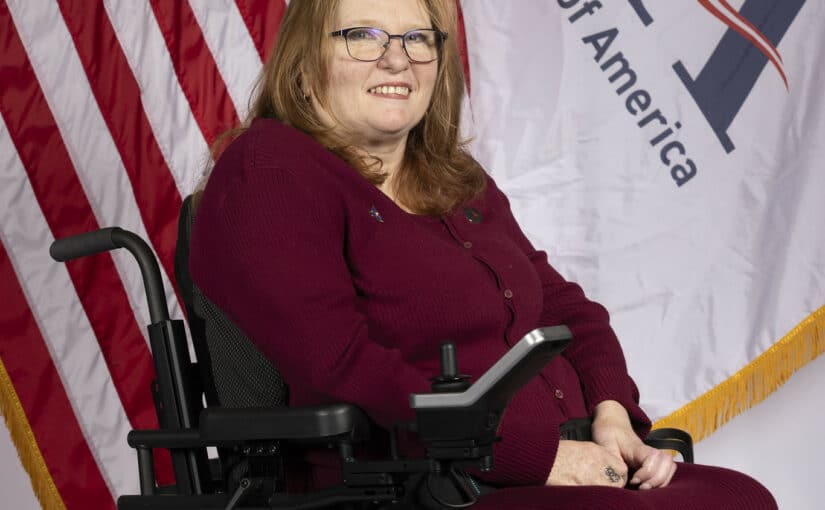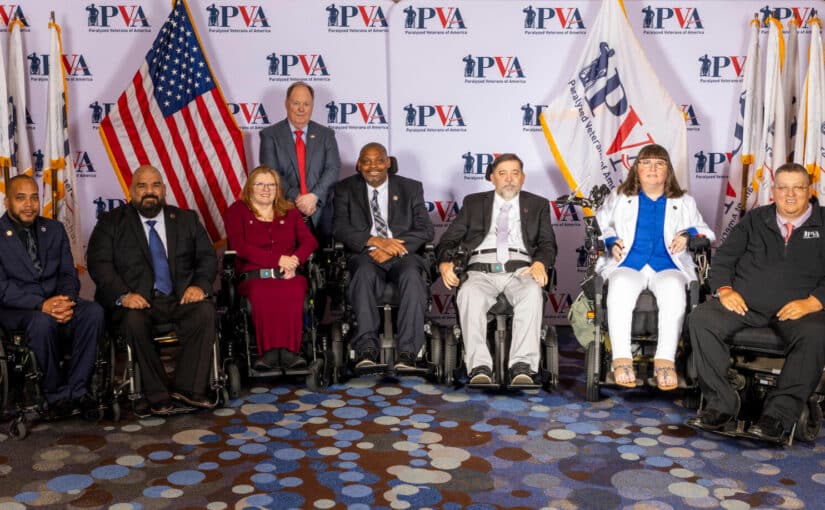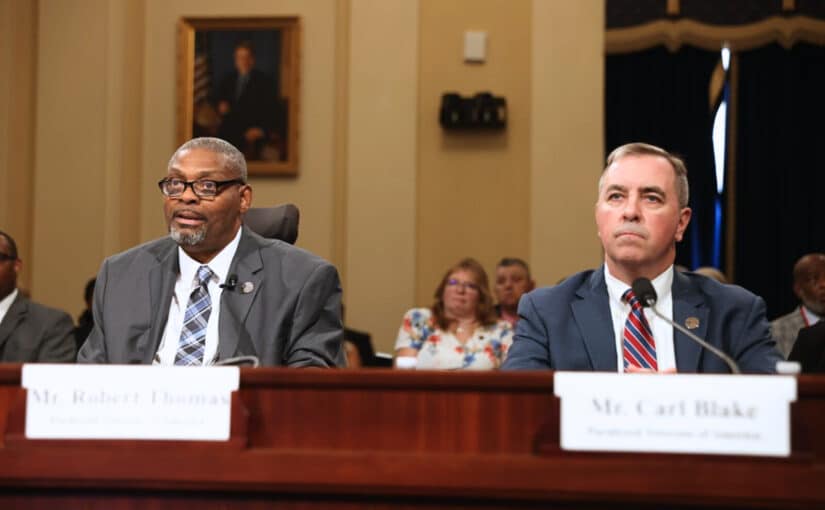The 1990 Americans with Disabilities Act (ADA) ushered in historic changes for the United States in terms of opening access and opportunities to people with disabilities. But it must be remembered that the nation is still far from fulfilling the law’s intent to ensure equal access to all.
“One of our tenets in Paralyzed Veterans of America’s Architecture Department is ‘equality,’ and the ADA doesn’t necessarily provide equality,” said Mark Lichter, senior associate director of architecture for Paralyzed Veterans of America. “The legislation is worded to provide equality, but it really only outlines minimal standards for accessibility. That’s where we come in by being advocates for people with disabilities.”
Paralyzed Veterans of America has been on the forefront of accessibility since its inception in 1946, when its founders – a band of World War II veterans with spinal cord injury – collaborated with the New York Chapter of the American Institute of Architects on accessible housing for paralyzed veterans. In 1986, Paralyzed Veterans stood up its “Barrier-Free Design Program” to provide oversight of the design and construction of VA medical centers.
In the mid-1990s, Paralyzed Veterans of America brought a successful lawsuit against the owners of the MCI sports arena (now the Verizon Center) in Washington, D.C., after they failed to comply with an ADA requirement to design spaces from which wheelchair users could see over standing spectators.
“Since then, we have worked extensively with owners and architects on complex projects such as sporting venues and memorials,” Lichter said. Some examples include consulting on accessible design for the Washington Nationals stadium, which opened in 2008, as well as the new Minnesota Vikings stadium, projected to open in 2016.
Still, while much progress has been made in the years since the ADA’s enactment, the nation is far from achieving architectural design that is fully inclusive and equal for all, Lichter said. With accessibility still not ingrained in the curriculum or culture of current architects and engineers, accessible design is often an afterthought, he said.
“Every architect and engineer is trained on how to meet safety issues and code requirements,” he said. “Then somewhere far into the design they begin to think about meeting the ADA. There’s just not the education and cultural awareness of people with disabilities.”
That is why Paralyzed Veterans of America has worked to host seminars for architects, designers, and owners on the ADA requirements and how they can go beyond the requirements of the law at little or no cost. Paralyzed Veterans architects also teach and provide presentations about accessible design at colleges and universities.
“Often times the ADA provides access but doesn’t always provide equality,” Lichter said. “When a person with disabilities has to take a different route to get into a building, that’s not ensuring equal access. We would like to see the ADA’s next step be a requirement for more inclusive design that ensures everybody has equal access.”
In addition, as green or sustainable construction has become second nature to most architects, Paralyzed Veterans of America would like to see accessibility integrated into the design process on much the same level, Lichter said.
“Green buildings are the biggest thing in architecture right now, and we’d like to see the same level of attention and accountability made for accessibility,” he said.
Still, a future in which the nation fully achieves equal access hinges heavily on the willingness of all Americans to see their world through the eyes of a person with disabilities. Often that sensitivity is built through education as well as personal experiences with people with disabilities, Lichter said.
“What it comes down to is seeing the ADA as not something you have to comply with, but as a means of treating people with disabilities with dignity and equality,” Lichter said. “Once that mindset in society changes, then we will make big strides, but we’re not there yet. Good accessible design does not cost more, and it always leads to better design.”
